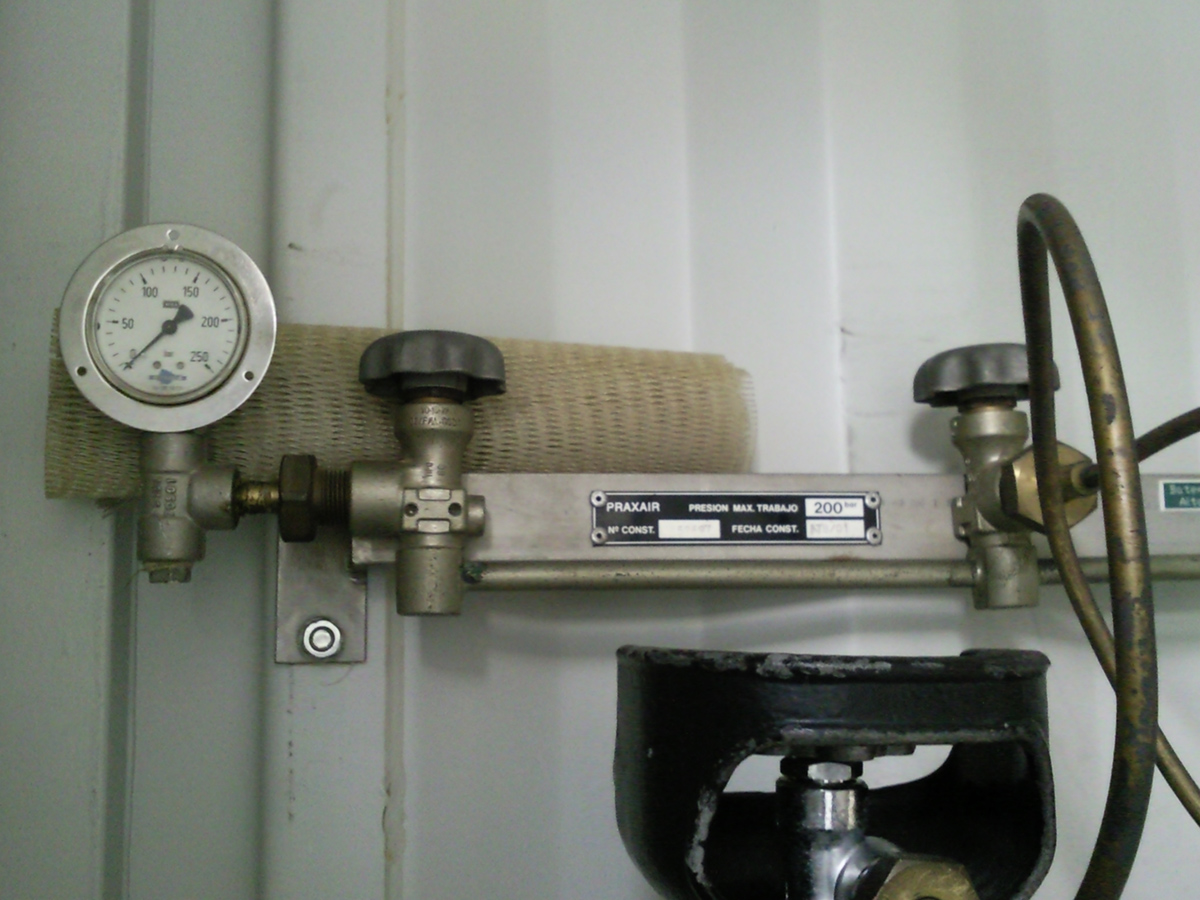
Hyperbaric oxygen therapy is a specific procedure based on inhaling pure oxygen. It is highly efficient treatment modality for certain illnesses such as decompression sickness or diabetes-associated gangrene. The pressure inside the room is up to three times higher than under normal circumstances which means that the lungs can absorb up to three times more oxygen. Once absorbed the oxygen is carried by the blood throughout the body and precipitates healing by stimulating growth factors and stem cells.
Hyperbaric Oxygen Therapy Preferences
This treatment approach dates back to the 1600s. The first chamber was built by a British clergyman Henshaw. It was used for many diseases and the oxygen was administered either in the pressurized form or unpressurized by using bellows. The initial ides has been improved over the years so today we have a specially designed oxygen chambers that provide with desirable amounts of oxygen.
There are two basic types of chambers. The first type, type A, is a multiplace chamber. It is supposed to treat many patients at the same time. They are closely monitored during the procedure by trained medical staff. The 100% oxygen is administered through a mask. A close-fitting plastic hood is also an option. It is possible for the air to be mixed with other gases such as nitrogen or helium. Now, since there is an employee in the chamber together with patients, the chamber must be adequately ventilated and the level of certain gases should be monitored at all times. This prevents side effects the employee might experience.
The second chamber known as type B chamber or monoplace chamber is designed for a single patient. The patient is in a reclining position while the medical staff remains outside keeping an eye on the treated individual. There may be a mask inside the chamber providing with an alternate breathing gas, if necessary.
Scientist are trying to reveal all advantages of hyperbaric oxygen therapy. Currently, they know for sure that the treatment greatly increases oxygen concentration in practically all body tissues, even in the areas where the blood flow is reduced or somehow blocked. Furthermore, this treatment stimulates the growth of new blood vessels. As a result, the location of reduced circulation becomes well supplied with blood and may heal properly. Hyperbaric oxygen treatment is also associated with a rebound arterial dilation. The diameter of some blood vessels get bigger compared to their diameter prior to the procedure. One more positive effects of the treatment is a drastic increase of the level of superoxide dismutase (SOD), one of the basic antioxidants synthesized inside the body. Last but not least, by enhancing leukocytes and boosting the effects of antibiotics, hyperbaric oxygen therapy shows great results when it comes to eradication of certain pathogens.
Why is Hyperbaric Therapy Done?
According to all the previously mentioned it is quite clear what is the purpose of hyperbaric oxygen therapy. The goal is to supply the body with plenty of oxygen which will in return stimulate and boost various processes helping the body to heal, recuperate and improve circulation in almost every single part.
Injuries, trauma, blood vessels blockage etc. all interfere with blood supply to the affected area. If the cells do not receive sufficient amounts of oxygen (as well as other nutrients) they soon die. Some of them may be replaced while others are permanently lost. The very treatment increase the amount of oxygen carried by red blood cells, which subsequently increases the amount of oxygen delivered to jeopardized body areas.
There is a whole range of medical condition which can be brought under control with the assistance of this treatment modality. For instance, hyperbaric oxygen therapy is indicated in arterial gas embolism, decompression sickness and carbon monoxide poisoning.
In addition, the treatment is highly effective when it comes to wound that simply won't heal as well as crush injuries. Crush injuries are especially hard to deal with and this treatment approach might help doctors save as much damaged tissue as possible.
Increased demands are also reported in case of gangrene, skin and bone infections associated with tissue death as well as radiation injuries.
Hyperbaric oxygen therapy might help patients suffering from burns and those who have undergone skin grafts/flaps but face a chance of tissue death. And finally, the treatment usually helps individuals suffering from severe forms of anemia.
We should certainly not neglect all the additional benefits of this treatment. Many favorable effects of hyperbaric oxygen therapy are yet to be recognized. So, it is no wonder if one day conditions such as allergies, arthritis or even cancer might be easily brought under control.
However, not all people are suitable candidates for hyperbaric oxygen therapy. People with untreated pneumothorax, those who receive belomycin, cisplatin, disulfiram, doxorubicin and Sulfamylon should never receive excess of oxygen. Relative contraindications include pregnancy, asthma, seizures, dysfunction of the Eustachian tube, pacemakers, claustrophobia and several more illnesses.


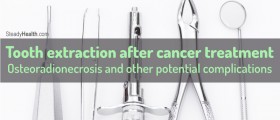




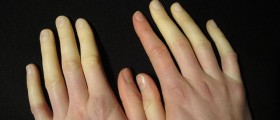

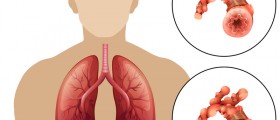



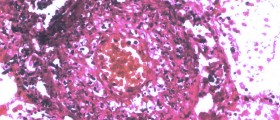

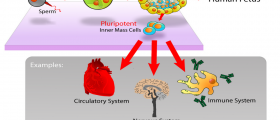

Your thoughts on this
Loading...